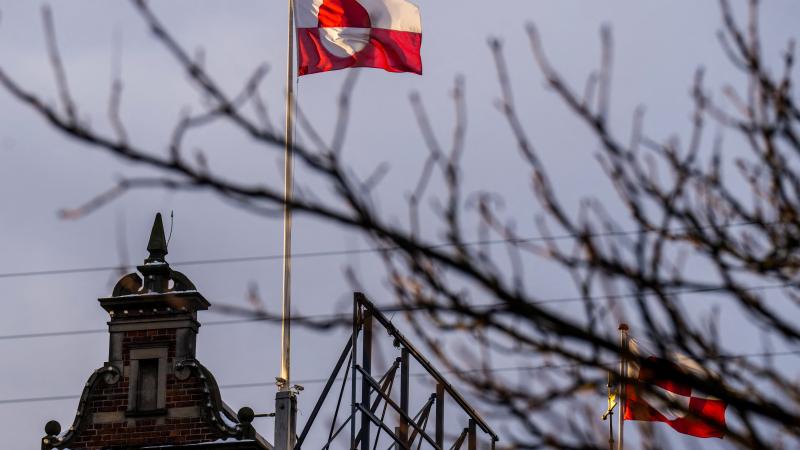Harsh reality: Midwest states' infrastructure 'below average' for transition to electric vehicles
The country needs 182,000 fast chargers by 2030. The seven automakers’ collaboration only brings the country one-third of the way.
The Great Lakes states, let alone the nation, don’t have the infrastructure necessary for the transition to electric vehicles, a car search and research company reported.
BMW Group, General Motors, Honda, Hyundai, Kia, Mercedes-Benz Group and Stellantis NV announced Wednesday they’re collaborating to install 30,000 high-powered charge points in urban and highway locations, beginning in summer 2024, with private and public funding,
iSeeCars.com Executive Analyst Karl Brauer said it’s not enough.
The seven companies announced their venture, which should be established this year, would begin opening stations in summer 2024. The networks would be powered solely with renewable energy. All battery-powered electric vehicles that use Combined Charging System or North American Charging Standard will at least meet the U.S. National Electric Vehicle Infrastructure program’s requirements.
Brauer told The Center Square in a statement July 26 that the most daunting challenge for the electric vehicle transition is the lack of charging infrastructure to satisfy the current 5% new vehicle market share of EV drivers.
“With government mandates looking to make EVs the dominant form of personal transportation, achieving more than 60 percent share over the next 10 years, a massive infrastructure investment is required if consumers are expected to replace their gasoline vehicles with electric-powered alternatives,” Brauer said. “Automakers have clearly recognized that investing in product alone won't sell future EVs. We're already seeing a stall in consumer demand, with electric vehicles piling up at dealer lots.”
The move the seven automakers announced Wednesday will attempt to do that by doubling the number of chargers in the U.S., but moving EV market share from 5% to 60% is multiplying by 12.
The 30,000 figure the automakers announced in their news release also includes an unspecified number for Canada.
“Assuming Tesla and other existing electric vehicle charging networks continue to expand we could get closer to solving the infrastructure problem. But each of these fast chargers can cost $50,000 or more to install, and this joint effort claims it will utilize 100 percent renewable energy to power the new chargers, which can only mean higher costs for each unit,” Brauer said.
The National Renewable Energy Laboratory said in a June report that the country needs 182,000 fast chargers by 2030. The seven automakers’ collaboration only brings the country one-third of the way.
iSeeCars analyzed data from the U.S. Department of Energy’s Alternative Fuels Data Center through 2022 as of Feb. 8. It aggregated the number of Level 2 EVSE and DC Fast EVSE ports nationally and by state for chargers from Tesla’s network and all networks. The number of chargers was normalized according to U.S. Census Bureau population counts.
The research company reported that Wisconsin has the ninth-fewest EV chargers per million people. It has 131 per million people. The state has 773. Mississippi has the fewest per million people: 38. Vermont has the most: 998.
Minnesota, Iowa and Michigan were each below average on all the reports’ comparisons of population to number of chargers.
The Milwaukee and the Minneapolis-St. Paul metropolitan area are the third- and ninth-least electric-vehicle-friendly metro areas based on number of non-Tesla fast chargers they have compared with their populations.
A spokesperson for iSeeCars.com said that the latest data the company had was from February.
















